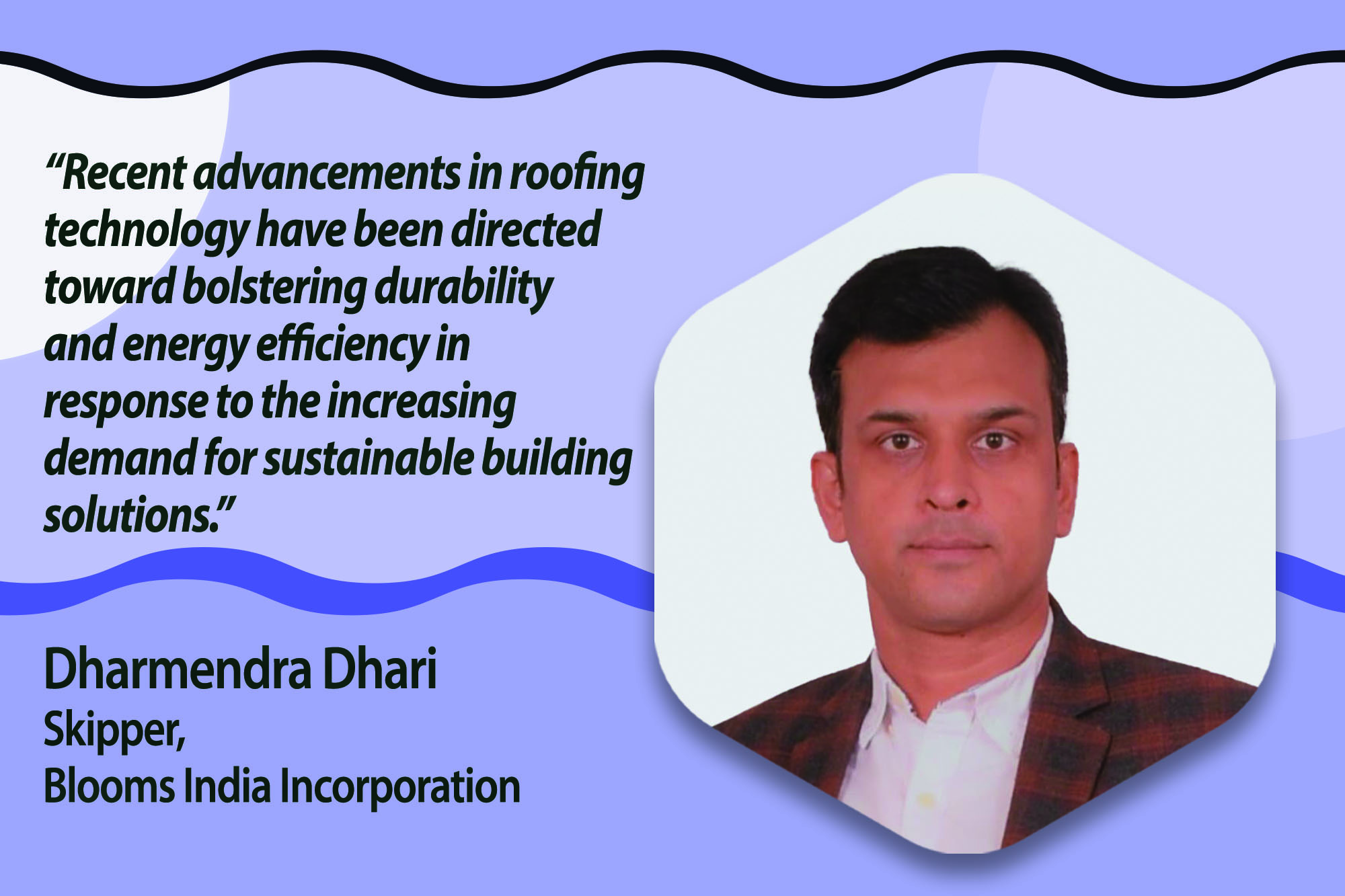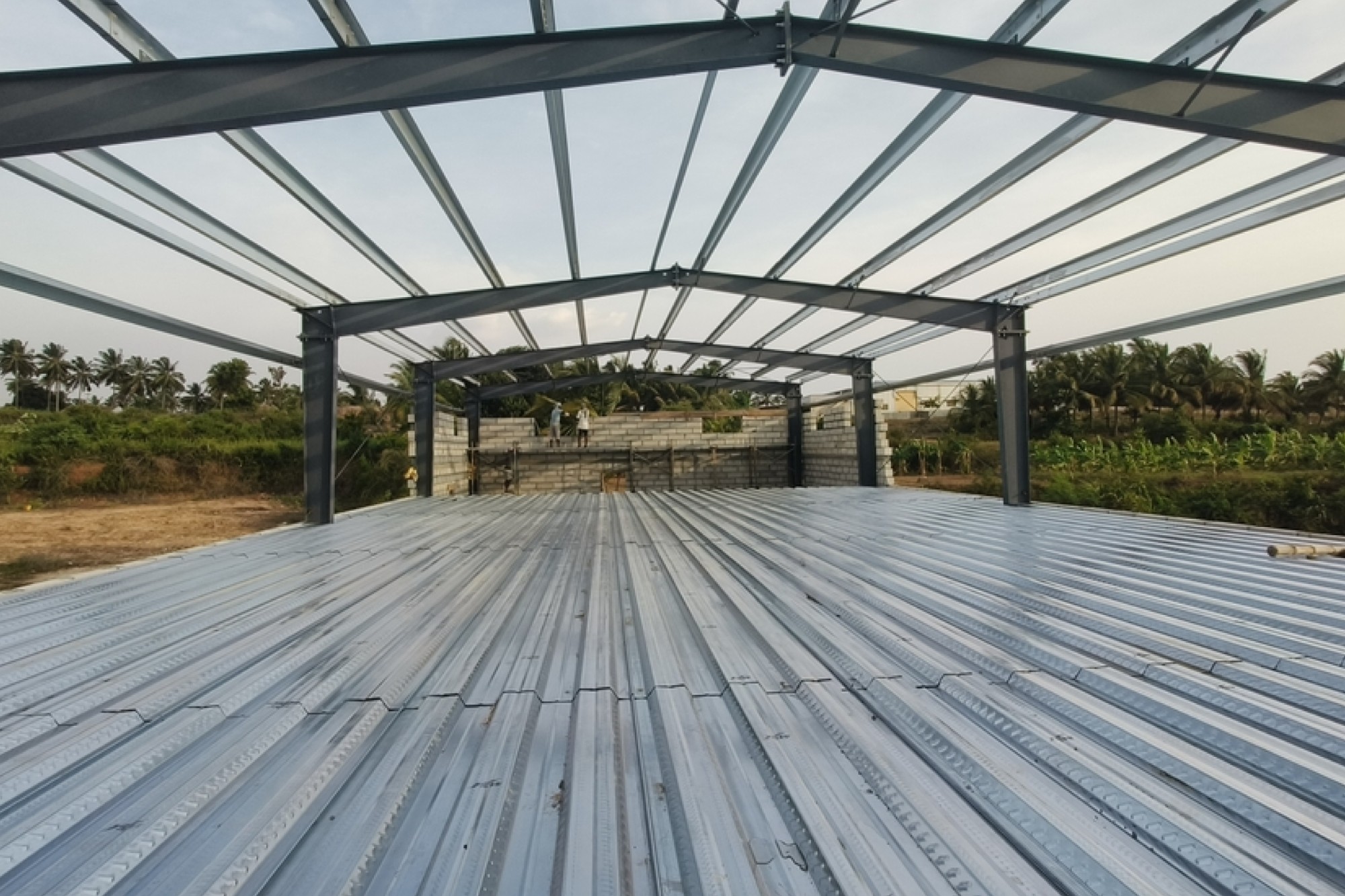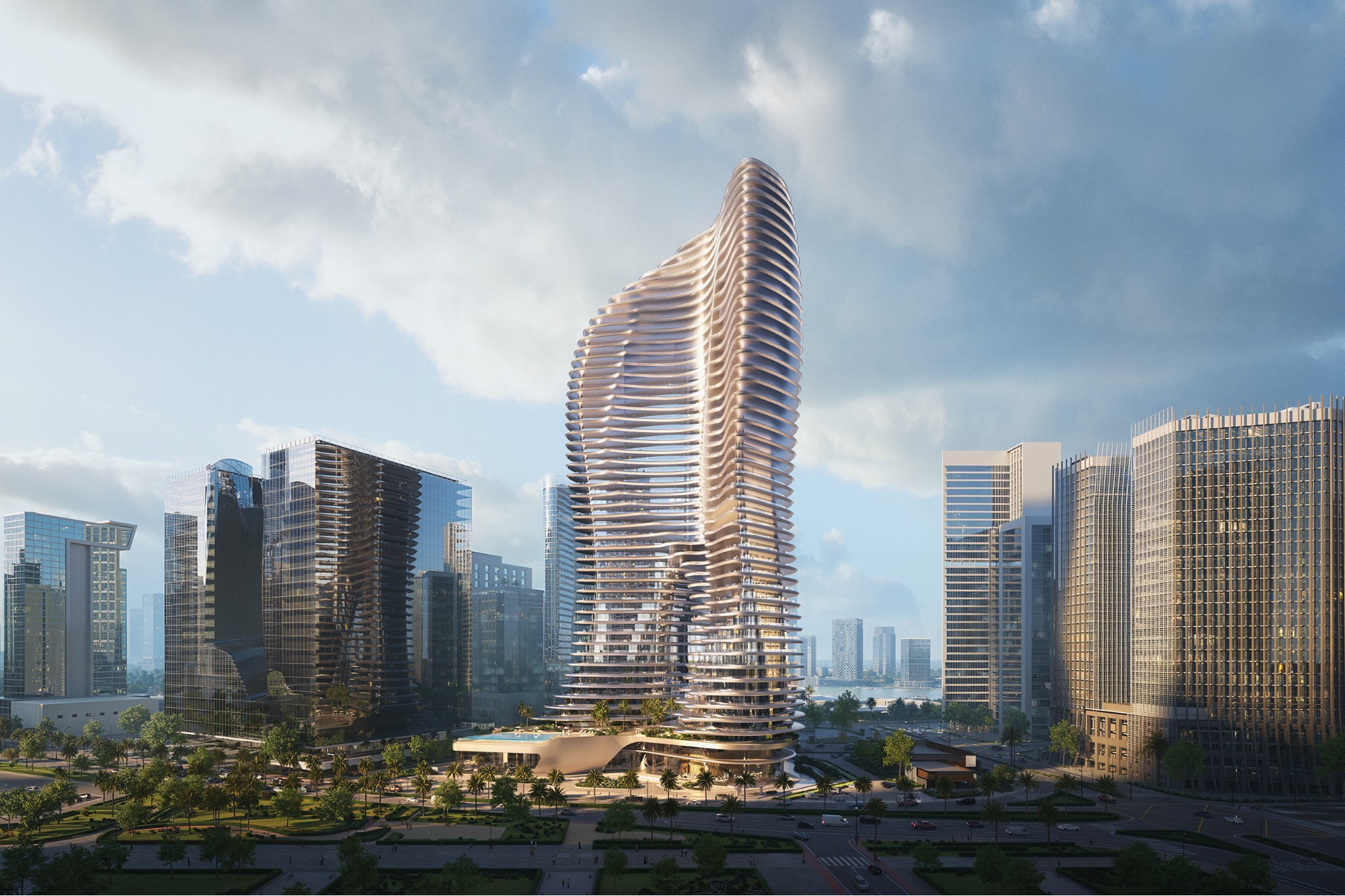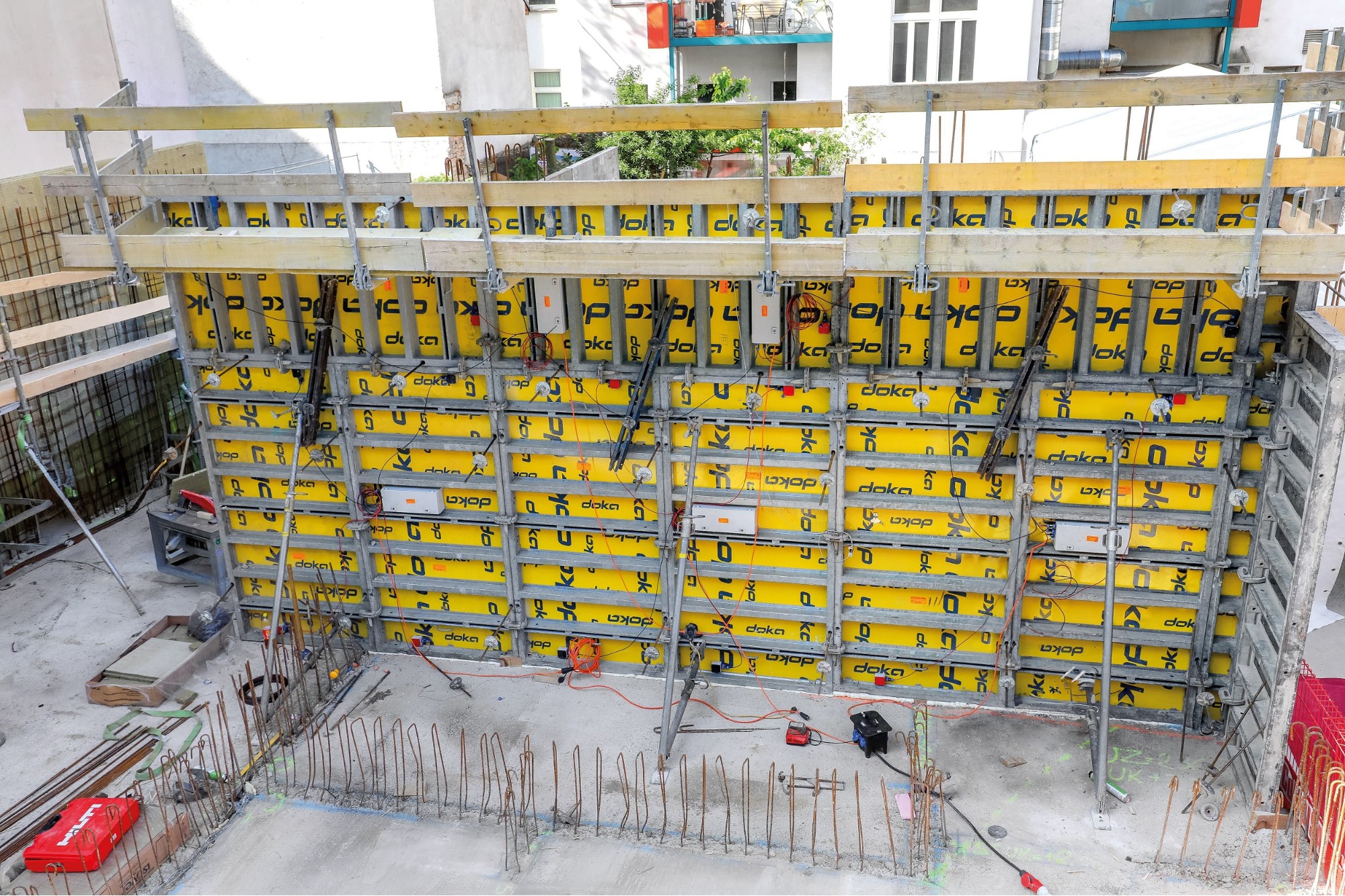Innovations driving durability and energy efficiency in roofing technology.
By Edit Team | April 12, 2024 11:32 am SHARE

Recent advancements in roofing technology are revolutionising durability and energy efficiency in building solutions. Discover how retractable roofing and automation reshape the landscape, offering protection and adaptable and eco-friendly solutions for modern structures.
How does your company prioritise sustainability in roofing solutions, considering both material selection and installation processes?
Our company strongly emphasises sustainability in roofing solutions, opting for products made from recycled materials. This choice not only diminishes the demand for virgin materials but also aids in diverting waste from landfills. With a lifespan of 50 years or more, these materials significantly reduce the necessity for frequent replacements, thereby mitigating environmental impact over time. Additionally, we prioritise energy-efficient installation techniques, minimise site waste, and employ quieter machinery during installation. Through a holistic approach encompassing material selection and installation practices, we effectively shrink our environmental footprint and play a role in fostering a more sustainable built environment.
Can you elaborate on any recent innovations in roofing technology that enhance both durability and energy efficiency?
Recent advancements in roofing technology have been directed towards bolstering both durability and energy efficiency in response to the increasing demand for sustainable building solutions. Notably, retractable roofing technology with automation is currently undergoing significant evolution. Much like a car’s sunroof adjusts to external conditions, this innovation allows users to open and close their roofs according to their requirements. For instance, one can close it during the day to shield against the sun’s rays and open it in the evening to relish a cosy atmosphere. Like rain-sensing wipers, we now have rain-sensing roofs that automatically close at the first sign of rain. In essence, envision cricket matches being played even during rainfall, with entire stadiums seamlessly transforming into indoor facilities. This makes retractable roofing a veritable asset for those seeking to utilise indoor and outdoor spaces.
How does your company ensure seamless integration of roofing products with other construction elements, fostering synergy in building solutions?
Any roofing product is suitable for application on traditional concrete pitched roofs or modular and prefabricated structures. Our entire range of products is highly compatible with both types of structures. Additionally, we prioritise seamless integration of our roofing materials with other building components in all dimensions. To achieve this, our team engages in a collaborative design process and conducts rigorous compatibility testing with suppliers of different materials through clear communication and coordination. This approach not only ensures better integration of all materials but also elevates the overall performance and durability of the building. Furthermore, it increases efficiency, reduces costs, and enhances building owners’ satisfaction.
How do you address the growing demand for customisable roofing solutions that meet diverse architectural styles and environmental conditions?
As you’re aware, roofing serves as the primary defence of a building, and it is exposed to all weather conditions. Given the varying roof sizes and building types, such as airports, train stations, industrial facilities, warehouses, commercial malls, resorts, farmhouses, and villas, roof design and material selection differ significantly. This is where our expertise comes into play; we offer tailored solutions to meet each client’s specific requirements, seamlessly complementing the architect’s design. With a wide range of roofing materials available, including asphalt shingles, stone-coated metal roofs, tensile fabric, standing seam aluminium or zinc, polycarbonate sheets, clay or concrete roof tiles, and uPVC roofing, we can quickly adapt to various architectural styles.
Please discuss your approach to quality control throughout the manufacturing process, ensuring reliability and longevity in roofing installations.
We adopt a thorough quality control approach across our manufacturing process to guarantee our roofing products’ reliability, durability, and efficacy. These quality control measures enhance customer satisfaction and establish a reputation for excellence and dependability within the industry. We achieve this by conducting inspections of raw materials, implementing stringent process controls at every manufacturing stage, performing quality testing of finished products, and ensuring accurate packaging and labelling of the appropriate products for installation.
How does your company stay abreast of evolving building codes and regulations, ensuring compliance while pushing the boundaries of roofing design and functionality?
The National Building Code of India outlines guidelines and standards for diverse facets of building construction, encompassing roofing. It addresses structural design, material specifications, fire safety, and environmental concerns. To remain current with evolving building codes and regulations, our company engages in Continuing Education, Training, and Workshops focused on building codes, structural designs, and material science for our team. Additionally, we foster collaborations with regulatory agencies and ensure adherence to compliance standards.
Cookie Consent
We use cookies to personalize your experience. By continuing to visit this website you agree to our Terms & Conditions, Privacy Policy and Cookie Policy.




































































